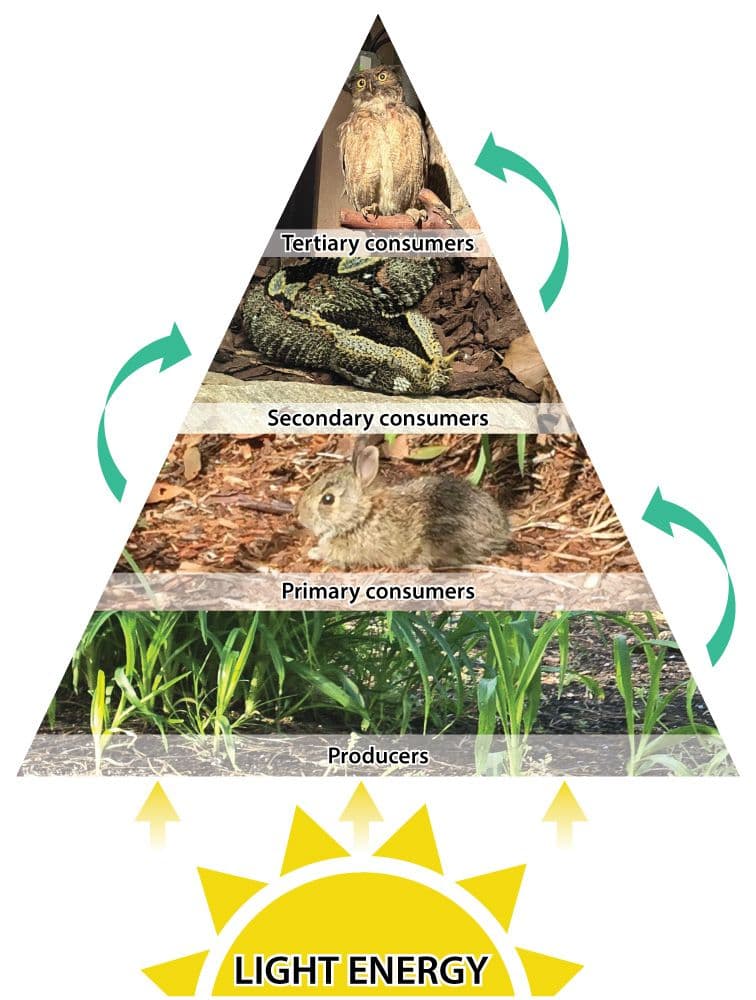There are two main strategies that organisms use to gain the energy they need for life. In this section, we will discuss these mechanisms and how energy moves through ecosystems. We will also touch on how changes in energy availability affect populations and ecosystems.
Autotrophs
Autotrophs are organisms that get their energy from physical or chemical sources in the environment. There are two kinds of autotrophs. Photosynthetic organisms get their energy from sunlight or other sources of UV radiation. Chemosynthetic organisms get their energy from small inorganic molecules present in the environment.
Heterotrophs
Heterotrophs are organisms that get their energy from carbon compounds in other organisms. These compounds include carbohydrates, lipids, and proteins. Through hydrolysis and the breaking of bonds, they are able to use these molecules as sources of energy.
Trophic Levels
Trophic levels refer to the hierarchy of organisms within an ecosystem. These levels are based on an organism’s source of energy (whether it is an autotroph or a heterotroph) and the organism’s position within the food chain. There are four main levels as shown in the energy pyramid in the figure below. However, the number of levels is not always the same and varies between ecosystems and the amount of energy available in an ecosystem. The amount of energy resources also controls the size of each trophic level in an ecosystem. The levels are as follows:
-
Trophic Level 1 – Producers: These organisms are autotrophs, producing energy through photosynthesis or chemosynthesis. They form the foundation and bottom level of the energy pyramid.
-
Trophic Level 2 – Primary Consumers: These organisms are herbivores that eat producers. They gain energy from plants and other autotrophs.
-
Trophic Level 3 – Secondary Consumers: These organisms primarily feed on primary consumers and are critical in regulating herbivore population size.
-
Trophic Level 4 – Tertiary Consumers: These organisms primarily feed on secondary consumers but may also feed on primary consumers. They are the apex predator and are often at the top of the pyramid.

Figure 8.01: An energy pyramid that shows four trophic levels. Arrows represent energy movement up from one trophic level to the next.
There is also a fifth group of organisms – decomposers. Decomposers are organisms that break down waste and dead organisms. This returns nutrients to the soil which can be utilized by producers.
As you will notice in the figure, energy is transferred up the pyramid from one trophic level to the next. However, the organisms in each level also utilize some of the energy. Because of this, it is estimated that only 10% of the energy in one level is passed on to the level above it.













